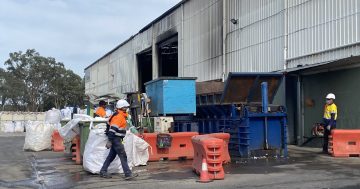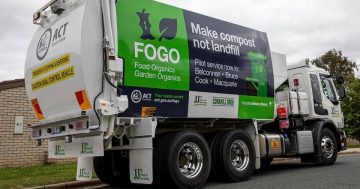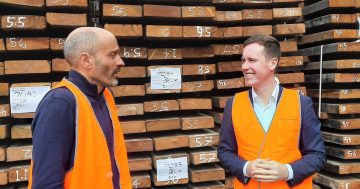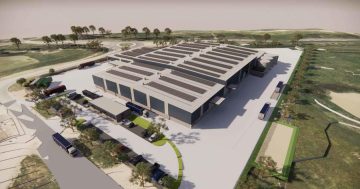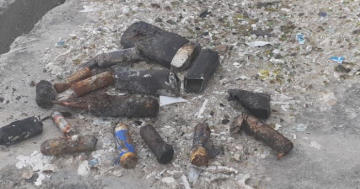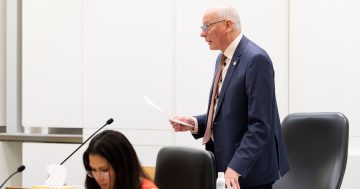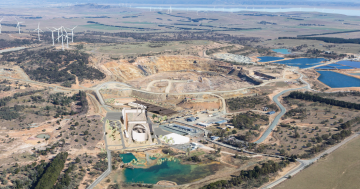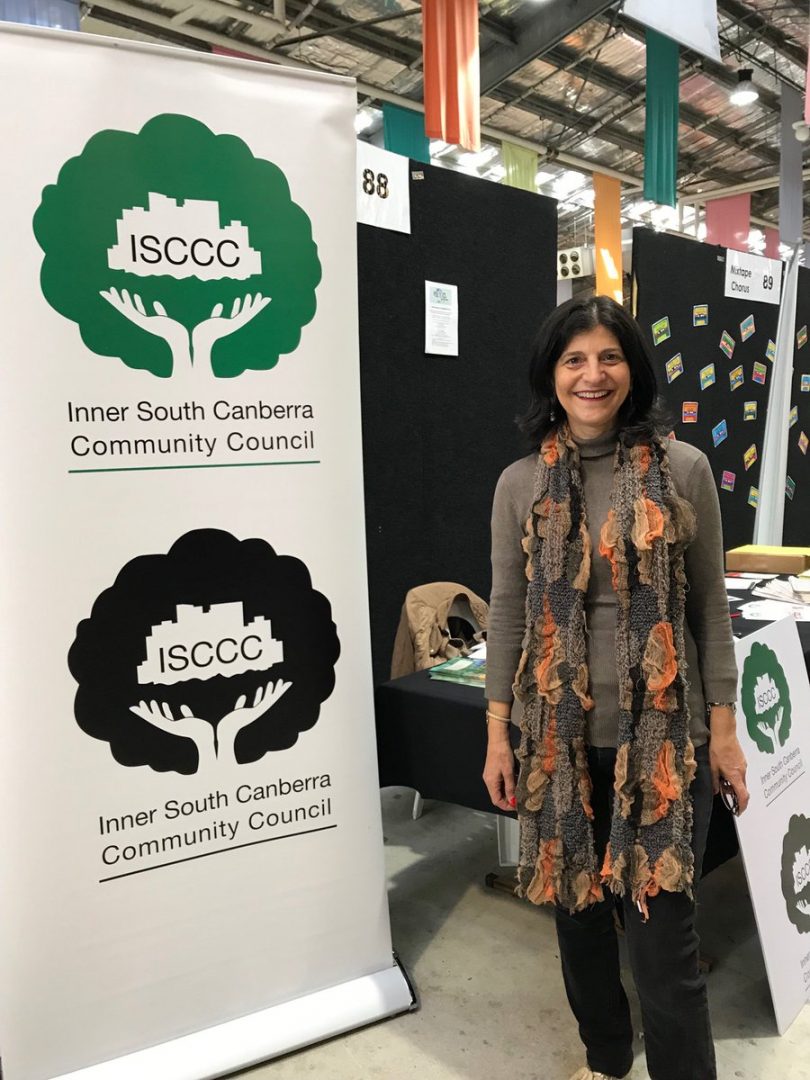
Marea Fatseas says the Inner South Community Council is concerned about why the ACT needs to process so much waste. File photo.
Urban change is afoot in Fyshwick where the suburb’s industrial history is coming up hard against changing patterns of use and the arrival of residential development at the Molonglo Group’s Dairy Road precinct.
Recently, Fyshwick businessman Rob Evans of Allbids voiced his frustration over waste processing proposals. Yesterday, we ran Adam Perry from Access Recycling‘s response.
Rounding up the conversation is Inner South Community Council president Marea Fatseas who queries how much waste processing we really need in the ACT.
Australian States and Territories charge different fees for waste disposal and recycling. This creates economic incentives for waste companies to trans-ship waste across borders to dump it at the lowest cost. The two proposals put forward for new waste facilities in Fyshwick would process, altogether, more than all of the waste produced in the ACT. Could Canberra become a new destination for Sydney’s waste?
Currently, the ACT produces about 1 million tonnes of waste per year. About 700,000 tonnes is recycled already by existing facilities, about 50,000 tonnes goes to Woodlawn near Tarago in NSW, and the residual 250,000 tonnes goes to landfill in Mugga Lane (consisting of about 70,000 tonnes of red-lid bin waste and 180,000 other waste).
An ABC Four Corners investigation in 2017 found that up to 1 million tonnes of Sydney’s waste was being trucked to Ipswich in Queensland to avoid high Sydney landfill costs and the NSW waste levy. Queensland introduced a new waste levy on 1 July 2019 to address this problem.
It is much cheaper to dispose of waste in the ACT than in Sydney, even with an increase in the landfill fees in the ACT for construction & demolition waste and commercial & industrial waste from July 1 to $170-$232 per tonne.
This compares with charges of between $365 and $388 per tonne, including the current NSW waste levy, for waste dropped off at Suez waste facilities in Sydney. This suggests a strong economic incentive for waste to be shipped to the ACT.
In December 2018, a meeting of Environment Ministers agreed to strengthen the national approach to waste policy and regulation, for example in regard to cross-border transportation of waste and a coordinated approach to waste levies on the mainland.
As part of this process, the ACT Government has introduced a preliminary 7 per cent waste levy and I understand is reviewing the situation actively to see if this needs to change in response to changing waste flows across borders.
This needs to be addressed as soon as possible to ensure that the ACT does not suffer the same fate as the residents of Ipswich in Queensland whose city ended up hosting much of Sydney’s waste until their state government took action.
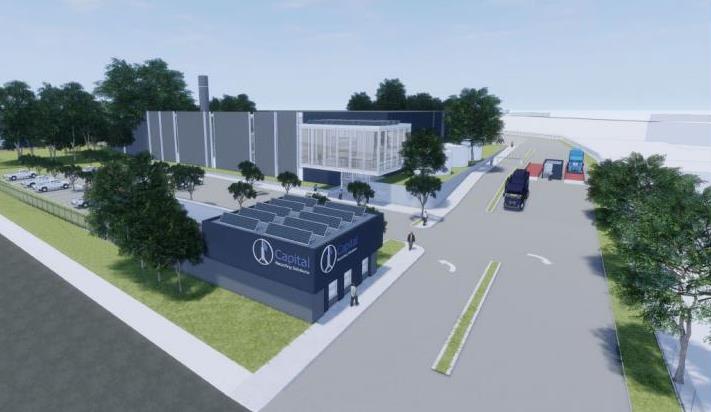
Preliminary sketches for the Capital Recycling Solutions proposal in Fyshwick. File image.
The Capital Recycling Solutions (CRS) proposal for a waste facility in Ipswich Street, Fyshwick, will involve processing 300,000 tonnes per year. The separate waste facility proposed by Hi-Quality in Tennant Street, Fyshwick, would process 1 million tonnes per year. Why would the ACT need new waste processing capacity for 1.3 million tonnes annually, over four times the amount of waste currently going to landfill?
Is the intention to compete mainly with existing businesses in this industry in the ACT, or to bring in new waste streams, including from across the border, or both?
Once such facilities are established, will they create an ongoing demand for large volumes of waste to “feed the machine”? Will that excess processing capacity make it easier and cheaper for Government, industry and the community to ease up on investment in efforts to avoid and reduce waste?
Also, is placing new waste facilities in Fyshwick consistent with strategic directions and trends? In its ACT Planning Strategy 2018, the ACT Government signaled its intention to create a new high-density urban precinct at East Lake between Kingston Foreshore and Fyshwick. One wonders whether people will want to buy new apartments located near waste facilities.
There are already homes within a few hundred metres of the proposed CRS facility in Ipswich Street that will be affected.
Fyshwick is mainly light industrial, with hundreds of bulk goods and retail businesses, thousands of workers and weekly visitors, and the second largest economy in the ACT. Parts of the emerging 1 Dairy Road mixed-use precinct are near the proposed CRS facility with many Canberrans visiting that new precinct each week, including The Forage street food event recently.
What should be done? At a public forum on 11 June hosted by the Inner South Canberra Community Council, attended by about 100 people, a motion was passed calling for the ACT Government to set up an expert independent inquiry panel to inquire into the environmental impact of the proposed CRS waste facility in Fyshwick. Such an inquiry would give the community confidence that the Government is giving consideration to all the potential impacts of waste facilities in Fyshwick.
Marea Fatseas is the chair of the Inner South Canberra Community Council.












